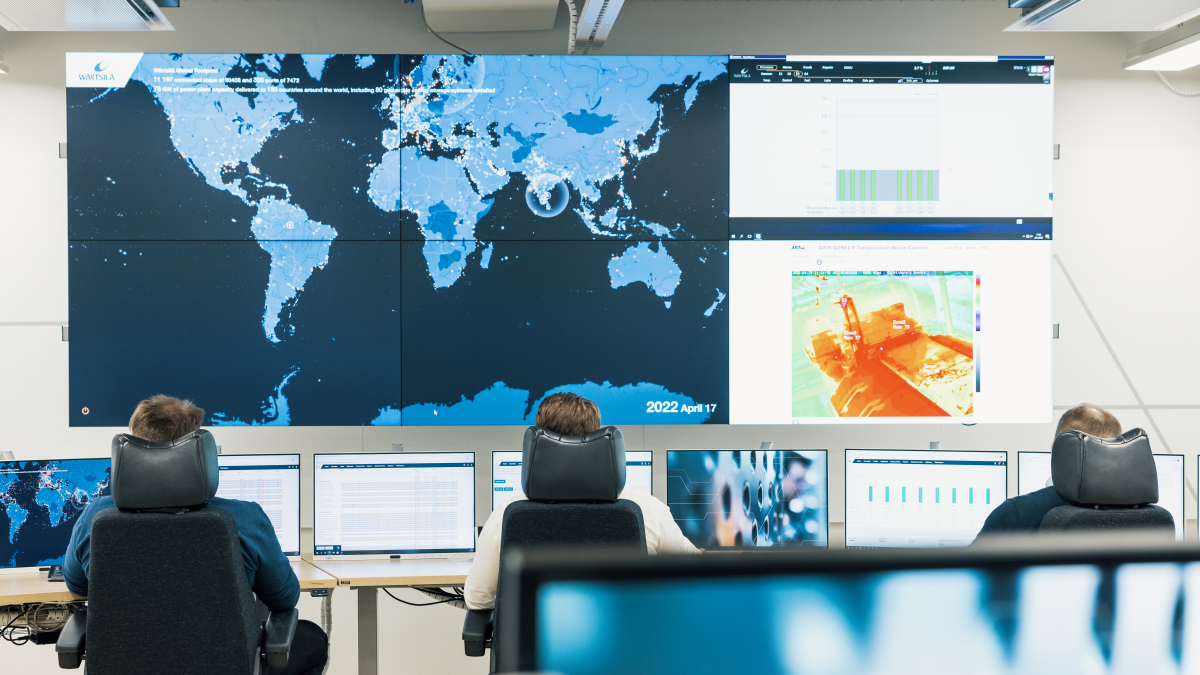Business Sectors
Events
Contents
Cold energy extracts value from the LNG supply chain
Harnessing LNG’s cold energy maximises regasification terminals’ potential and offers an opportunity to cut emissions, add value and improve energy efficiency
Any new regasification terminal that promises to utilise LNG’s inherent cold energy is worth special attention. And so the announcement from Pasifik Agra Energi this summer that it will integrate its planned US$550 million Bantaeng receiving terminal in South Sulawesi, Indonesia with an adjacent industrial park caught the eye.
Bantaeng is a new deepwater port whose construction masterplan calls for it to utilise the energy released at the terminal in regasifying LNG for the industrial park’s power stations and ore smelting plants. This will make Bantaeng the first LNG terminal in Indonesia to make use of cold energy.
It takes a considerable amount of energy to liquefy natural gas but most that is utilised to bring the product down to its boiling point of -162˚C is wasted in the regasification process. In most LNG-receiving terminals the cold is simply dissipated to the warming medium, be it seawater or air, when the vaporisers are turned on.
LNG cold energy is available in two forms; thermal energy, available in raising the product to its generally accepted regasified temperature of 15-20˚C, and expansion energy generated when the cryogenic liquid expands 600 times to its gaseous state.
For a typical 5.5 million tonnes per annum (mta) import terminal, up to 110MW of LNG cold energy could be available at the maximum send-out rate, depending on the capture process and application involved. This is in addition to the calorific value of the gas itself.
Progress
Japan, importer of a third of the LNG shipped by sea worldwide, has made most progress by far in utilising LNG cold energy. However, not even Japan has captured much more than 25 per cent of the power inherent in regasification.
Despite the general lack of progress in tapping this power source, global interest in LNG cold energy is growing, driven by the twin goals of improving energy efficiency and reducing greenhouse gas (GHG) emissions. The fact that society’s demand for cooling processes is growing faster than the call on heating facilities is intensifying the focus.
Cooling today consumes 17 per cent of the world’s electricity and produces 10 per cent of its CO2 emissions.
Japan has been utilising LNG cold energy for almost 40 years for processes such as cryogenic power generation, cold storage and air liquefaction and separation. Several of the country’s utilities are developing the technology – and Osaka Gas has led the way.
Osaka Gas began to use LNG cold energy for air separation at its Senboku 1 import terminal in 1977. Two years later, the terminal introduced the world’s first power-generation system based on LNG regasification.
Known as cryogenic power generation, this method of producing electricity while vaporising LNG relies on the expansion of an intermediate fluid using a Rankine cycle. The cycle operates as a heat engine to generate power by using heat from a heat source, with LNG acting as a heat sink. The cycle’s intermediate fluid in this case is propane and seawater is the heat source.
Another power plant process in which LNG cold is utilised is the direct expansion of vaporised LNG for cooling the inlet air fed to gas turbine generators. This technology can increase the power output because the cooler inlet air has a higher density, ensuring that a larger mass enters the gas turbine’s air compressor for a fixed volumetric flow.
Managers of power plants and import terminals need to work closely together to align their operations to optimise the mutual benefits offered by LNG cold energy. The best solution is to have the two facilities integrated on the same site.
Air gases
Production of the industrial air gases – liquid nitrogen, oxygen and argon – is another process that benefits from LNG cold energy. Again, maximum benefit derives when the air-separation unit (ASU) is integrated with the LNG terminal as the cryogenic refrigerant is readily to hand at effectively no cost.
China has recently joined fellow Asian LNG importers Japan, South Korea and Taiwan as locations where ASUs have been integrated with LNG terminals to benefit local air gas customers. Osaka Gas operates ASUs at two of its LNG terminals. It reports that air gas production using LNG cold requires 50 per cent less electricity than a unit without access to LNG.
Osaka Gas has also been able to harness LNG cold on site at its terminals in other ways. These include CO2 liquefaction and air conditioning at the Senboku 1 facility and boil-off gas reliquefaction using a cold energy storage system at Senboku 2.
A subsea, 1.3km cryogenic pipeline linking the Senboku 1 and 2 terminals helps Osaka Gas to balance LNG flows and to optimise LNG cold usage. It has also ensured that Senboku 1 is the only LNG terminal in the world that can achieve 100 per cent utilisation of its LNG cold energy.
Another LNG cold energy application is for chilling water for district cooling schemes and at neighbouring oil refineries and petrochemical plants. Refinery and chemical plant processes use particularly large volumes of cooling water and incremental reductions in water temperatures increase the volumes of light fractions recovered and significantly decrease the CO2 emissions they generate.
Innovation
Now, the race is on to find new applications that make use of LNG cold. One marine application being considered for LNG cold energy utilisation is gas-powered cruise ships. The first of these vessels have recently been ordered and, with 6,000 and more passengers to be accommodated, will need to meet substantial hotel loads.
Post-Panamax cruise ships burn, on average, some 40,000 tonnes of oil fuel per annum. The similar volume of LNG that the new gas-burning vessels are expected to consume offers considerable cold-energy potential.
On-board comfort commands a premium on cruise ships and the electrical hotel load on a large ship is higher than the propulsion load up to one-half the maximum speed. Air conditioning accounts for about 50 per cent of a cruise ship’s hotel load. Other big consumers are power plant auxiliaries, lighting and galley equipment.
The refrigeration equipment powered by cruise ship auxiliaries encompasses cooling and freezing systems for food and beverage storage, heat exchangers, air treatment units and chillers. The biggest ships may have upwards of 100 so-called cool rooms. On some, that complement includes the ice rink.
Land-based projects continue, too. A research team at the National University of Singapore, working with Shell as an industry partner, is developing prototype equipment to produce purified water from seawater by harnessing LNG cold energy via gas hydrate-based desalination technology.
Meanwhile, India – a major global producer of perishable foodstuffs – still lacks a single major gateway able to export these products. Now, however, researchers in India have started to look at ways to design LNG terminals to provide low-cost energy to nearby cold storage warehouses. Here, the National Centre for Cold-chain Development (NCCD) has launched a study to investigate the full range of LNG cold-energy applications.
Related to this Story
Women in Maritime Today: Elin Saltkjel says no day working in maritime is dull
Events
Maritime Environmental Protection Webinar Week
Cyber & Vessel Security Webinar Week
The illusion of safety: what we're getting wrong about crews, tech, and fatigue
Responsible Ship Recycling Forum 2025
© 2024 Riviera Maritime Media Ltd.













